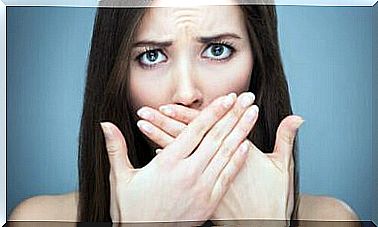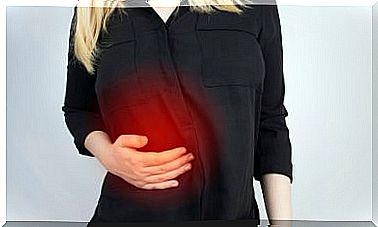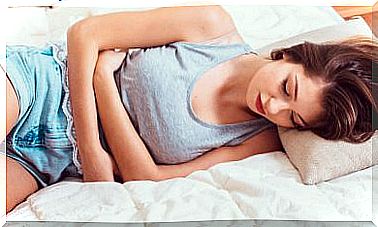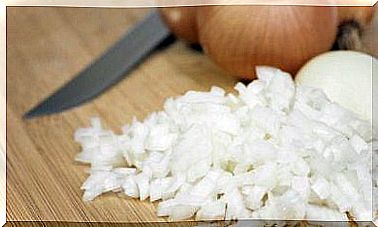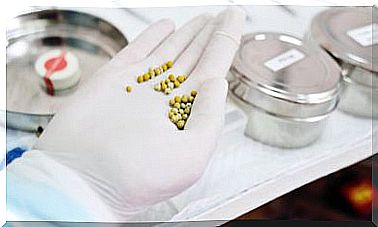Radiculopathy: Causes, Symptoms And Treatment
You may have heard the term radiculopathy before, but still don’t know what it is. To know what this condition consists of, you must first know a little about the spine.
The spinal column is a bony structure made up of vertebrae that, in turn, protect the spinal cord and allow us to move freely. The vertebrae have holes on each side, from which the nerves that go to the different parts of the body come out.
The part of the nerve that exits the vertebra is called the nerve root . A radiculopathy is the compression of the nerve, precisely, in the nerve root. What are your causes? What clinical manifestations are present? We help you solve these questions and we tell you about your treatment.
Causes of radiculopathy
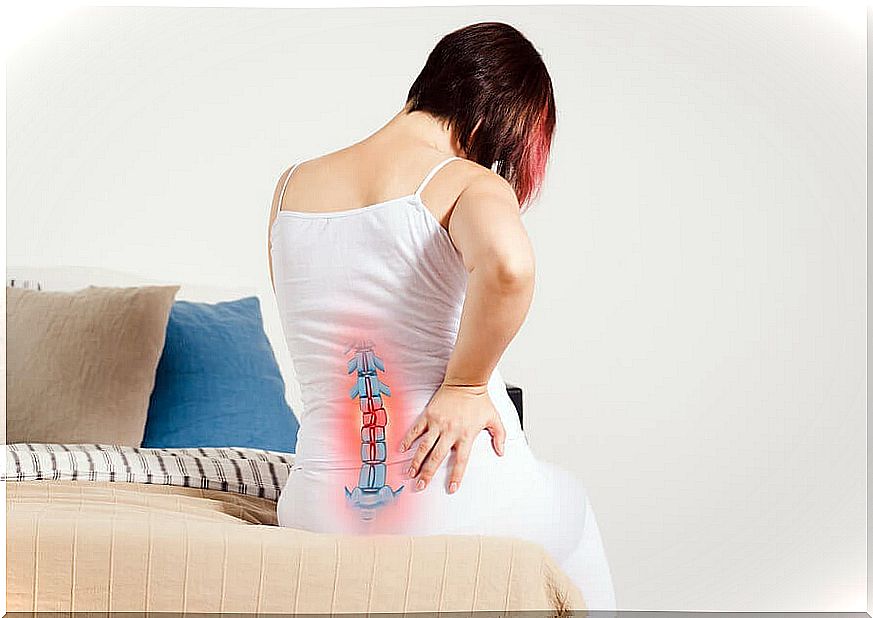
Radiculopathy can be due to:
- Osteophytes.
- Radiation.
- Diabetes mellitus
- Tumor in the area.
- Severe scoliosis
- Spondylolisthesis.
- Meningeal disease.
- Spinal disc problems.
- Thickening of the ligaments in the area.
Either of these can reduce the space where the nerve passes and compress it.
Symptoms
As the problem occurs in the nerve root, the symptoms are usually found in the part of the body that corresponds to the affected nerve. In general, the symptoms are usually a combination of:
- Pain, in this case we call it “radicular pain”.
- Weakness or difficulty controlling muscles.
- Increased sensitivity to pain in the area (hyperalgesia).
- Numbness and tingling
The location of these symptoms will depend on the site of the radiculopathy.
Cervical radiculopathy
Corresponds to the cervical spine. Nerves in this area control muscles and skin sensation in the neck and arms. In cervical radiculopathy, symptoms are usually seen in the arm, shoulder, or neck.
For example, a cervical radiculopathy can cause pain and weakness in the forearm, and tingling in some fingers.
Thoracic radiculopathy
Corresponds to the thoracic spine. These nerves control the muscles and skin sensitivity of the chest and ribs. Sometimes it is mistaken for shingles. It is the least common of all.
Lumbar radiculopathy
Corresponds to the lumbar spine. Nerves in this area control muscles and skin sensation, from the buttocks and hips to the feet. Therefore, the symptoms of lumbar radiculopathy are usually perceived in the lower back, hips, legs, and foot.
In the most severe cases, toilet training is compromised. If compression occurs at the exit of the sciatic nerve, the most common symptom is pain from the lower back to the sole of the foot, through the back of the leg. This is known as sciatica.
Treatment

Treatment should be aimed at resolving the cause of the nerve compression as by restoring the nerve to its normal function, the symptoms will resolve.
The vast majority of patients with radiculopathy respond very well to physical therapy and exercise. However, in some cases medication is necessary when the pain is disabling.
The time from when symptoms begin until the problem is resolved can vary greatly from person to person, as it depends on two factors:
- The severity of the symptoms. If there is a lot of pain, it must first be lessened to facilitate treatment of the cause.
- Cause of nerve compression. A fracture or tumor may require a surgical approach, which modifies subsequent treatment and varies the time to resolution. Instead, a disc problem can be treated with a good exercise program.
Two people can have the same symptoms, but they may require totally different treatments. Therefore, it is important to receive a medical diagnosis. The sooner the cause is determined, the more successful the treatment.
If you suspect that you have radiculopathy, see your trusted doctor for an evaluation and help you decide on the treatment plan.
